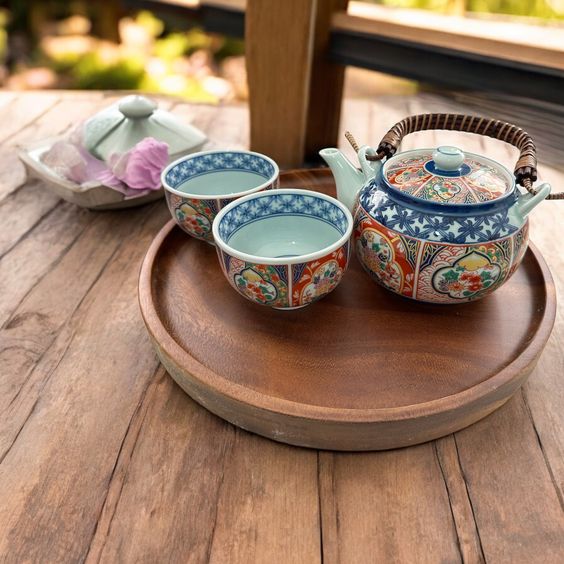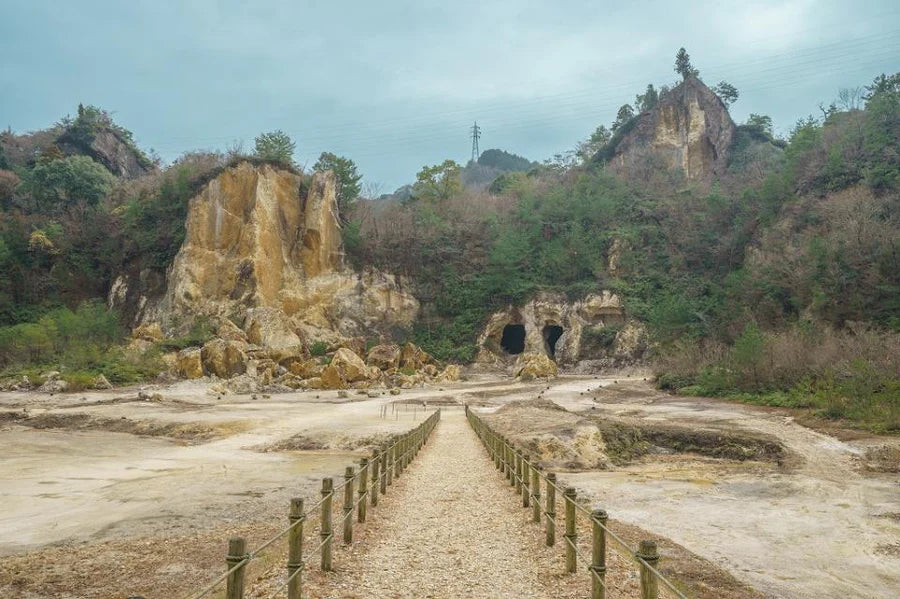As described in our Privacy Policy, we collect personal information from your interactions with us and our website, including through cookies and similar technologies. We may also share this personal information with third parties, including advertising partners. We do this in order to show you ads on other websites that are more relevant to your interests and for other reasons outlined in our privacy policy.
Sharing of personal information for targeted advertising based on your interaction on different websites may be considered "sales", "sharing", or "targeted advertising" under certain U.S. state privacy laws. Depending on where you live, you may have the right to opt out of these activities. If you would like to exercise this opt-out right, please follow the instructions below.
If you visit our website with the Global Privacy Control opt-out preference signal enabled, depending on where you are, we will treat this as a request to opt-out of activity that may be considered a “sale” or “sharing” of personal information or other uses that may be considered targeted advertising for the device and browser you used to visit our website.

ABOUT ARITA WARE
Arita Ware, made in the town of Arita in Saga Prefecture, is the oldest porcelain
production area in Japan's history. Arita porcelain is characterized by its translucent white porcelain surface, dyeing using "Gosu" (indigo pigment), and gorgeous red painting using glassy overglaze pigments (red, green, yellow, purple, and blue). The pottery is highly durable and is produced in a wide variety of styles, from fine art to daily necessities. It was exported to Europe, where it was prized as fine art and called "white gold". Arita Ware is also a prestigious brand that is admired by ceramicists from other regions as a representative porcelain production area.
production area in Japan's history. Arita porcelain is characterized by its translucent white porcelain surface, dyeing using "Gosu" (indigo pigment), and gorgeous red painting using glassy overglaze pigments (red, green, yellow, purple, and blue). The pottery is highly durable and is produced in a wide variety of styles, from fine art to daily necessities. It was exported to Europe, where it was prized as fine art and called "white gold". Arita Ware is also a prestigious brand that is admired by ceramicists from other regions as a representative porcelain production area.

Charm of Arita Ware
Arita ware is the premier porcelain of Japan, backed by 400 years of history. The division of labor in each process of production—clay refining, forming, painting and glazing—has resulted in process specialists with a very
high level of technical skill, as well as top-quality products.Arita ware is made mainly with a unique ceramic stone called Amakusa Toseki,and it is said that the whiteness of the stone is beautiful in itself. It is this ceramic stone that gives Arita ware its unique combination of highly sought-after qualities, making it light, thin and exceptionally
resistant to breakage. Arita ware’s translucent surface when held up to
the sun is also due to the ceramic stone.Arita ware has a wide range of glazing techniques: from the sometsuke underglazing, which uses a dark blue pigment called gosu, to nigoshide overglazing, characterized by a variety of vivid colors on a base of clear, beautiful white porcelain.

How Was Arita Ware Made?
In Japan, although the history of earthenware has continued since the
Jomon period (14,000 BC–300 BC), the production of porcelain began only
400 years ago.
The oldest porcelain in Japan, known today as Arita ware, was created in the early 17th century by Korean craftsman Yi Sam-pyeong, or Ri Sanpei in Japanese.
Yi Sam-Pyeong was brought to Arita by Nabeshima Naoshige, the lord of
Saga domain, and placed in the care of the Taku family, the elderly members of the Saga domain. He built a kiln in Arita, but found it
difficult to use the raw materials found in the region in the correct formulation and was unable to produce pottery to his liking.
